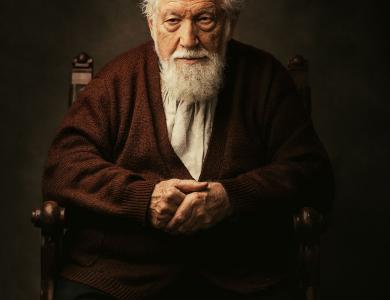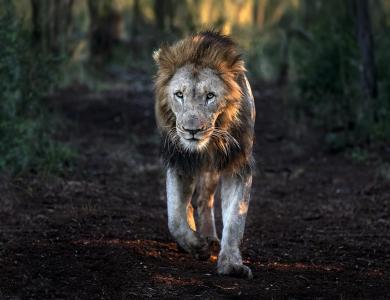
Paul Ninson produces documentary photography in Accra, Ghana, with the major aim of drawing attention to unknown or little known places. He studied visual arts at secondary school, which aroused his interest of telling stories in pictures and led to his interest in photography.
Ninson was featured on the instagram account Humans of New York on October 15th and his life has changed completely since then. He has stepped from having 2640 followers to more than 40,000. Recently he was hired by the British High Commission in Ghana to cover the Royal Tour of Prince Charles and Camilla to West Africa.
Ninson has been admitted to study a one year course in Documentary Photography at the International Center of Photography (ICP) in New York, that he hopes to join next September. “Documentary storytelling is very complex and I always wanted to go to this school, to learn more and meet other people,” he explains. We featured a collection of his images on the @worldphotorg feed.


Please introduce your photography to our audience
Every picture I take must tell a rich and detailed story with the end goals of challenging and even changing mindsets, arousing people’s attention and impacting both the subject and the audience.
There is nothing more fulfilling than projecting the hidden colors of the African narrative. Telling the tales of Africa with every click of the shutter. I have traveled extensively around Africa but eventually, I do not want to limit myself to one continent alone. The world is larger than Africa, and I intend to capture the world one day.
Tell us about the series of images we featured. Do you have a favorite, and why?
The series tell stories of “heathen” African narratives, ways of life that on face value lack civilization. However, they tell stories of people who have accepted and preserved their narrative.
These pictures redefine the definition of happiness: to them, happiness does not emanate from technological advancement but from living and keeping in touch with your roots.
My favorite among the lot is “A village without men”. Well, as the name suggests, it is a village with no man living in it. These women, fleeing abuse from men and society have formed a village devoid of their abusers and enjoy their new lease of life. Yet they still live with constant fear of attacks from their abusers - men. It was touching and horrifying to hear the stories and plights of these women.


What inspires you?
I am inspired by people and places. People I have come across, people I have photographed, unseen and unexpected places. Everyone I photograph has a story and I am interested in their personality and their stories. Last year I spent three days in mount Suswa with Nomads.he majority of those days were spent interacting with people getting to know their way of life - their food, dances and interests. For me, documentary photography is my passport to worlds unseen, enabling me to get in touch with the human experience.


What is your biggest passion?
I wish that every image I take redefines and reexamines Africa: her prospects, challenges, and her future. I want my photography to be a catalyst to motivate a positive change in human actions and behaviors. With each picture I take, I am asking a question.
“Feeding Ghana” is an ongoing project which seeks to bring to fore the front lines who work to feed the country and to showcase those who serve as the real backbone for our country’s economy. The project intends to also highlight the grievances of these stalwarts.


Where have you travelled so far to take your pictures?
I travel around Africa to tell stories. I have travelled to Uganda, Kenya, Tanzania, Ethiopia and Nigeria just to mention a few.


